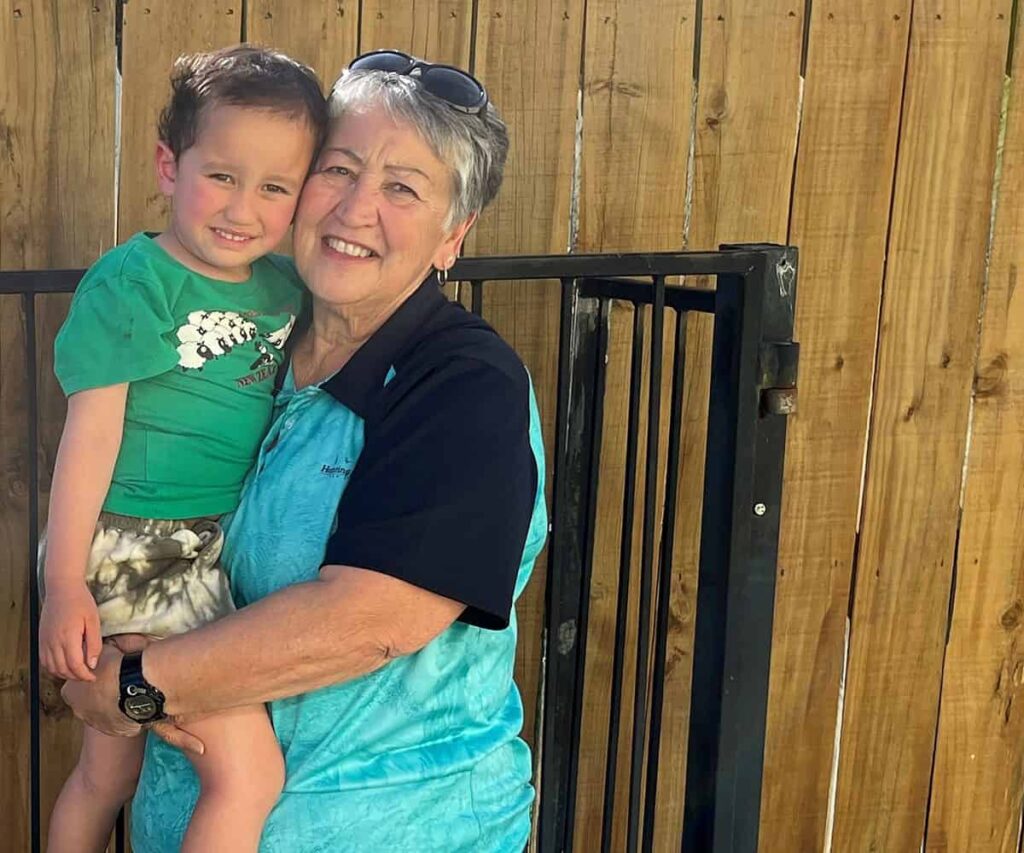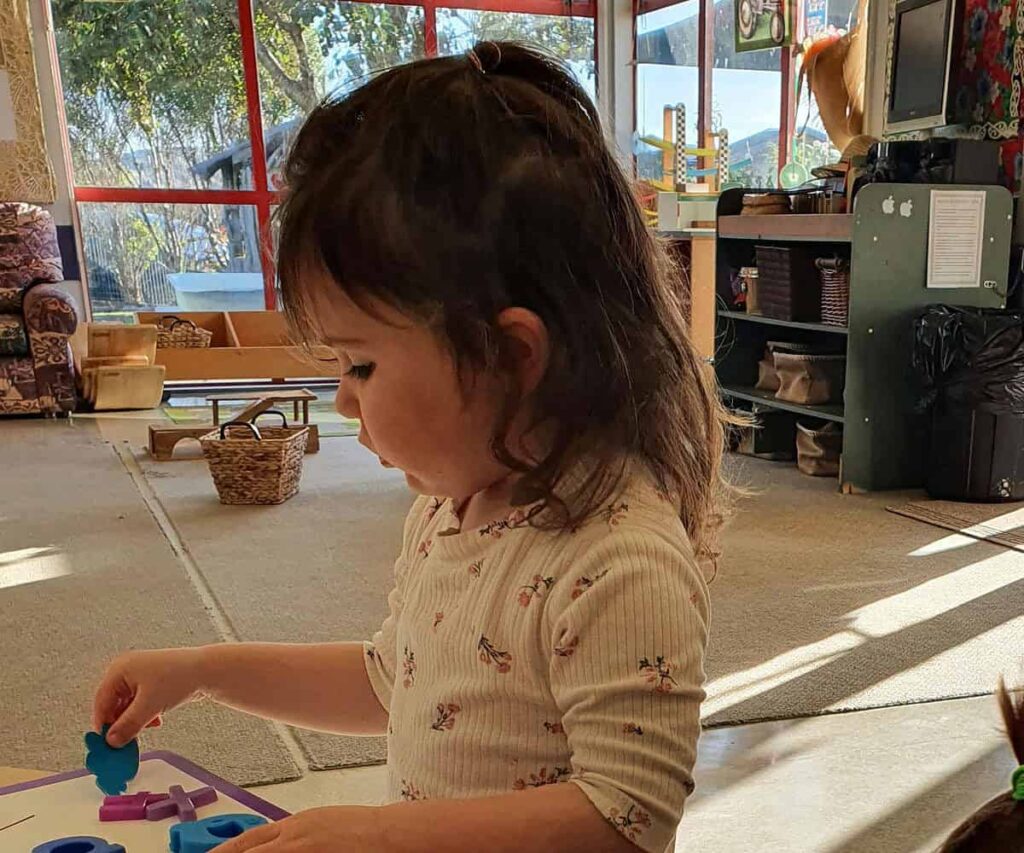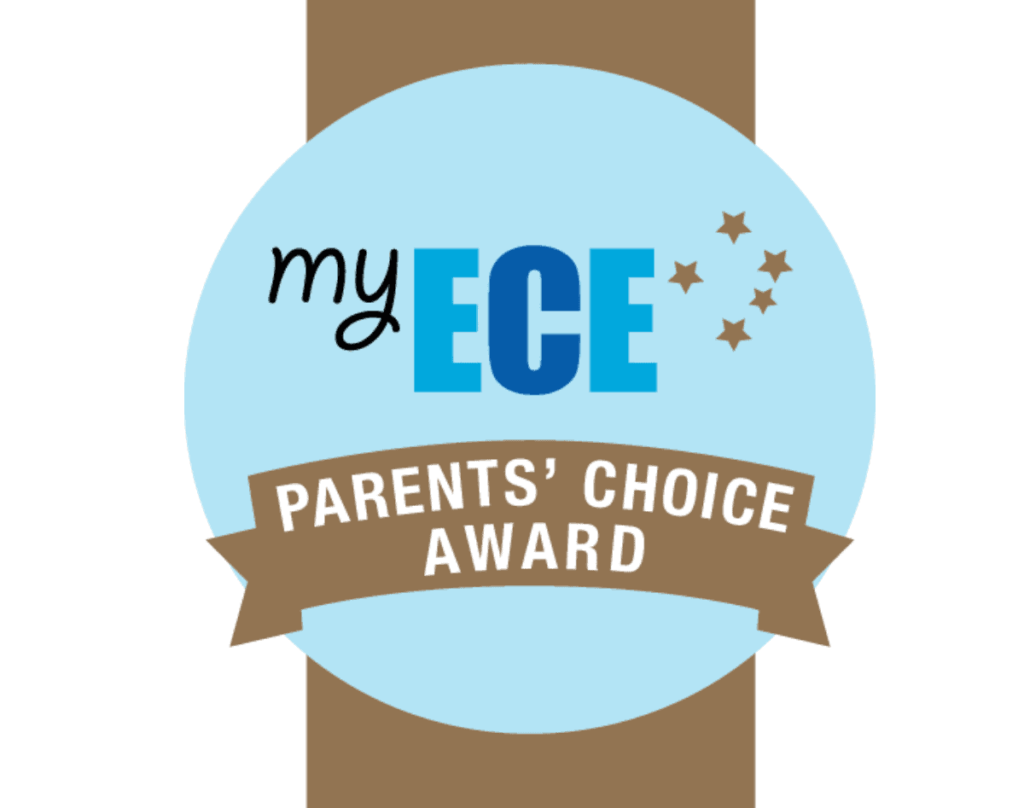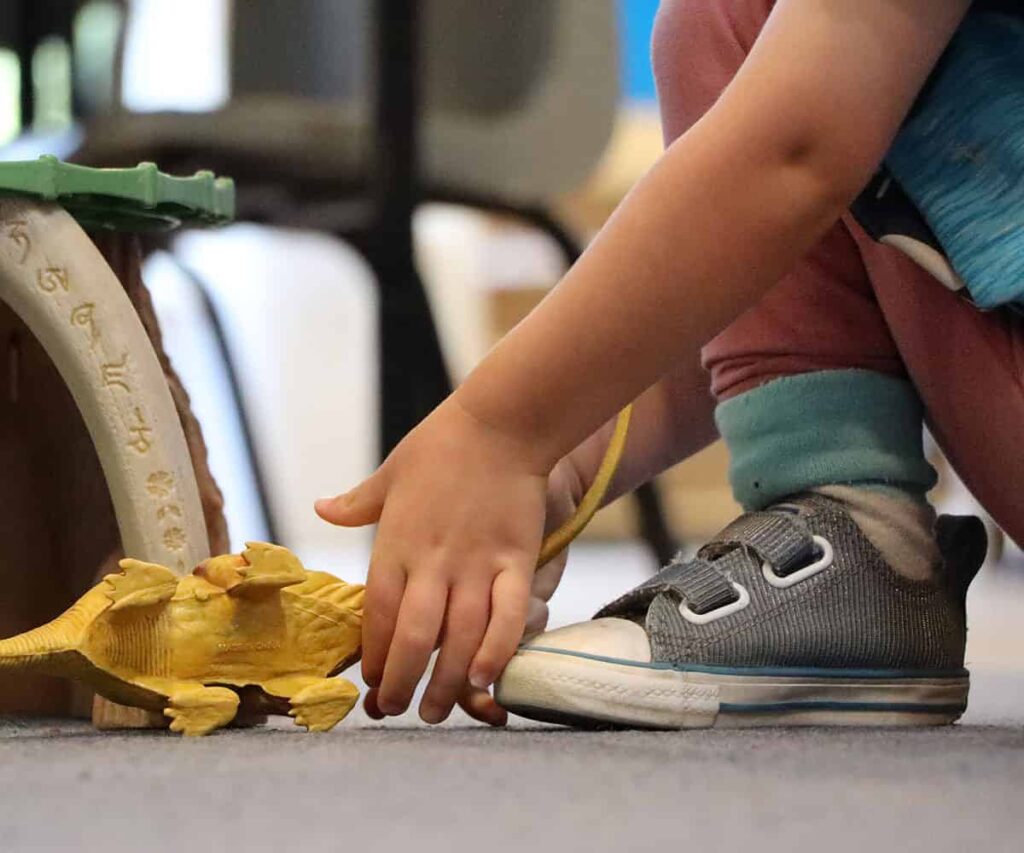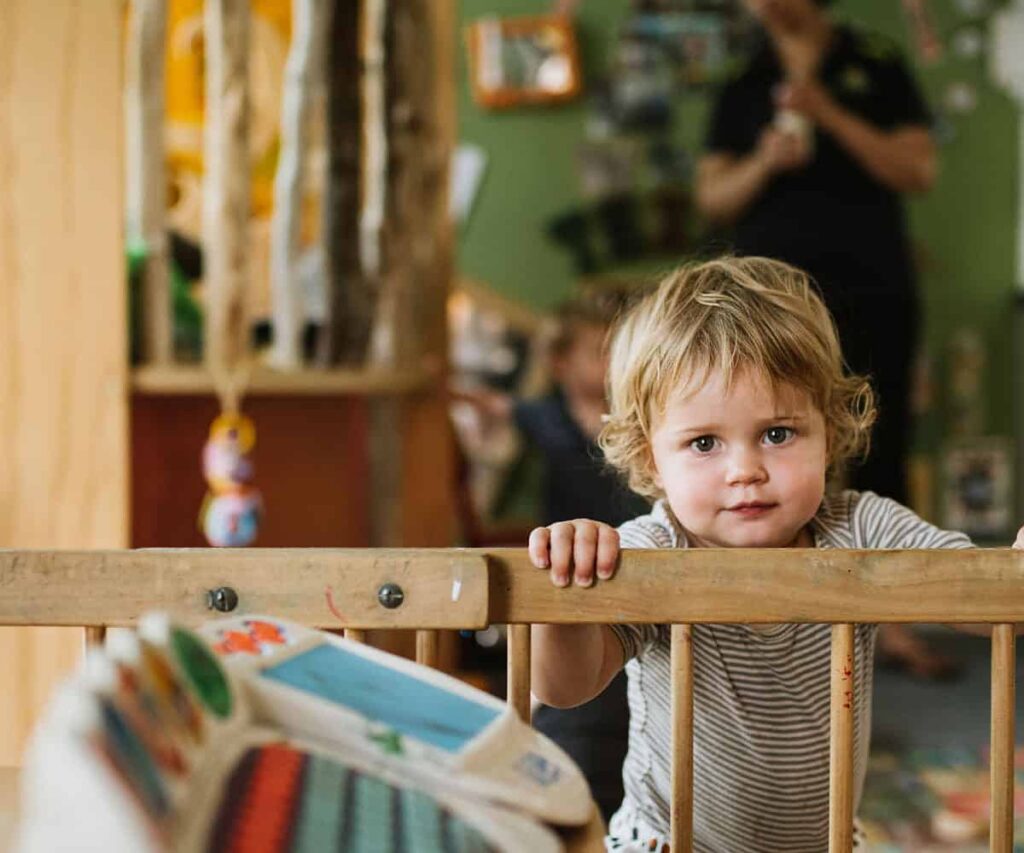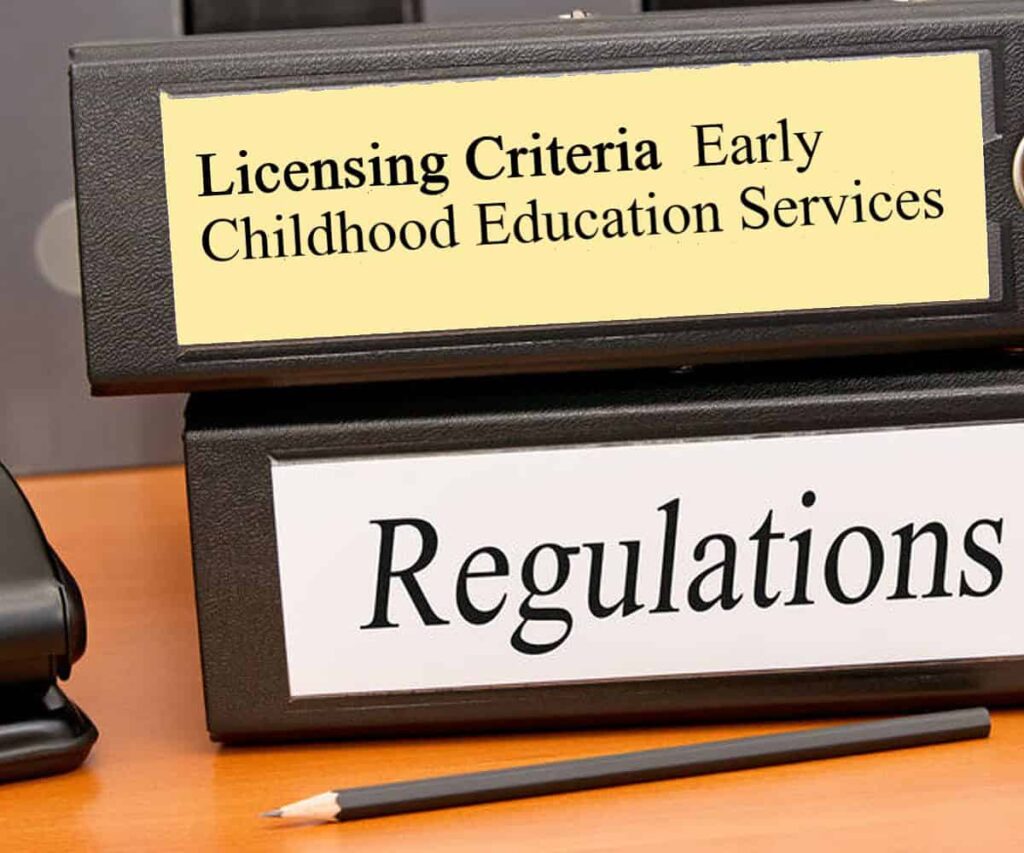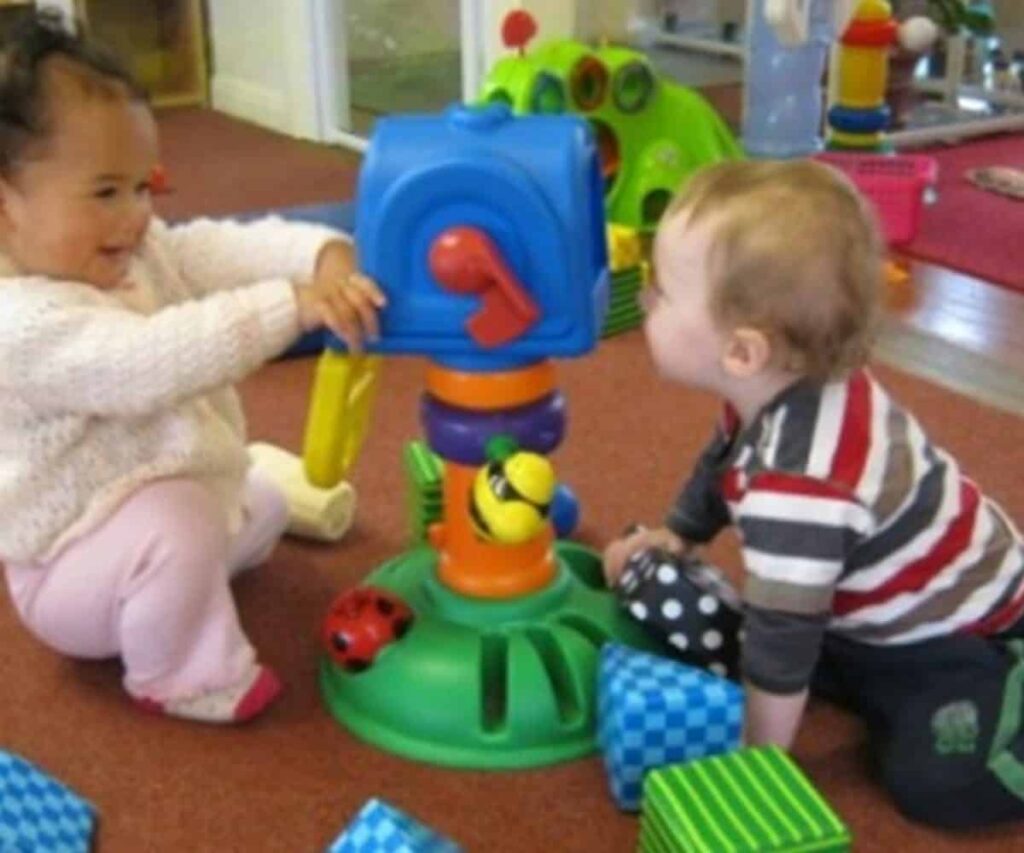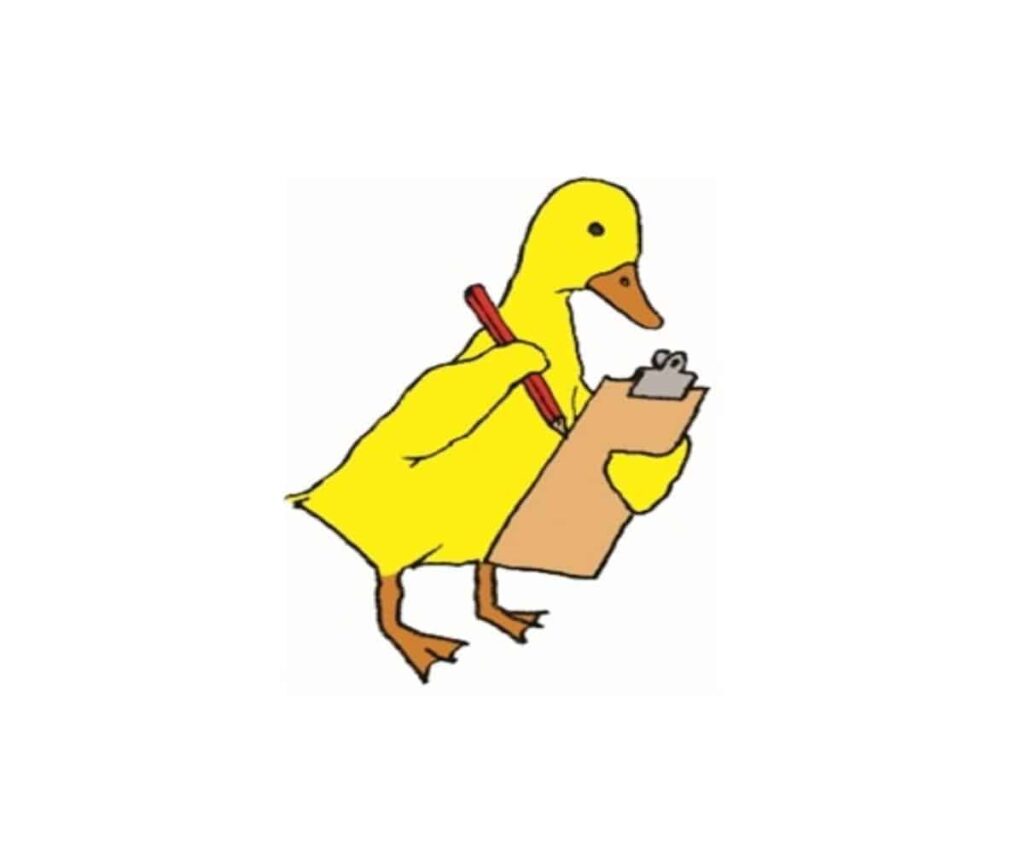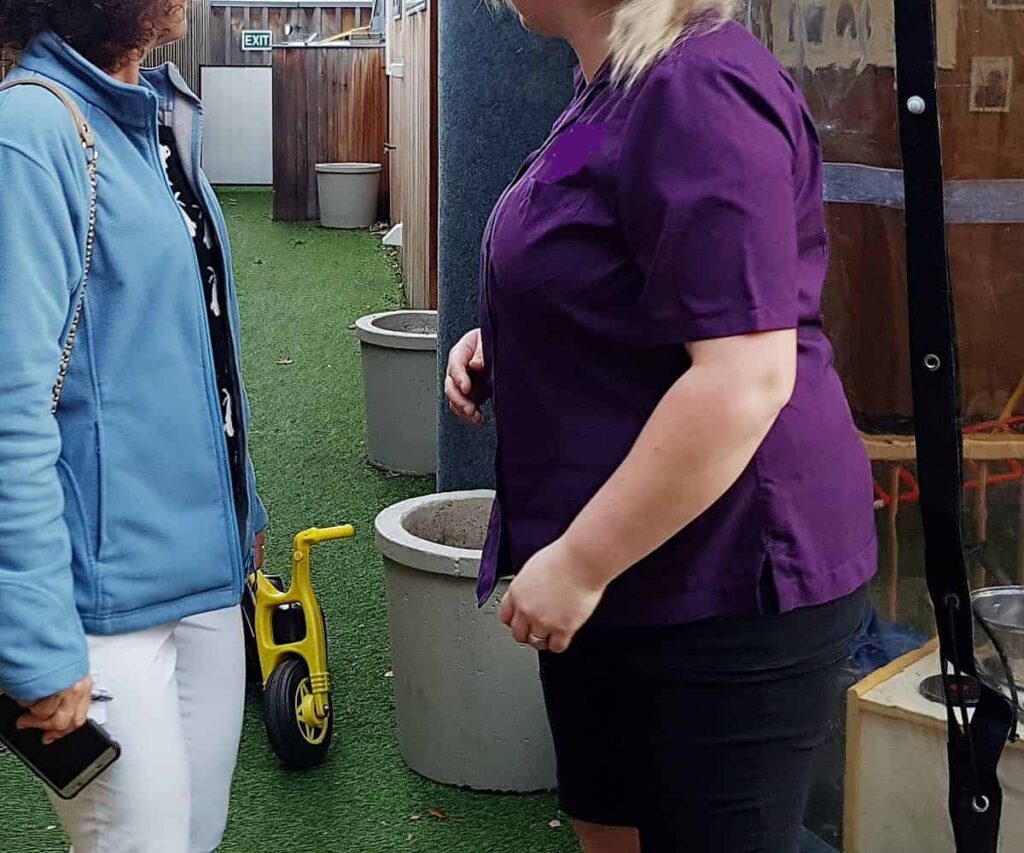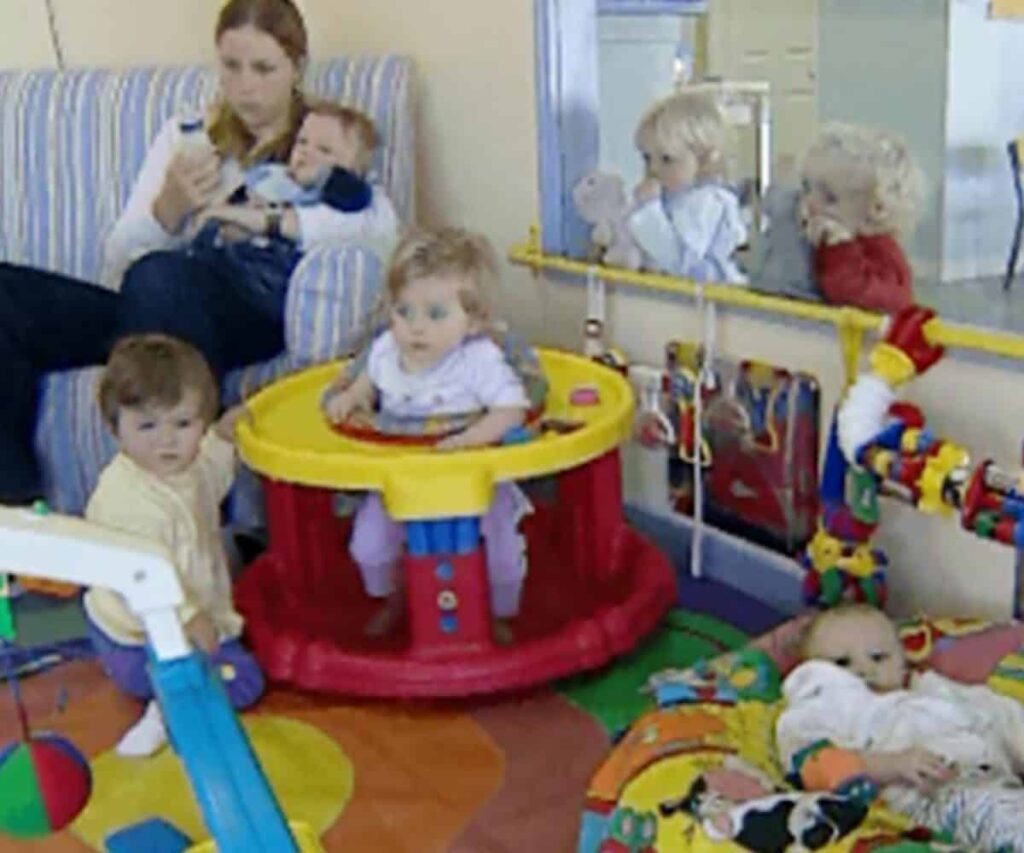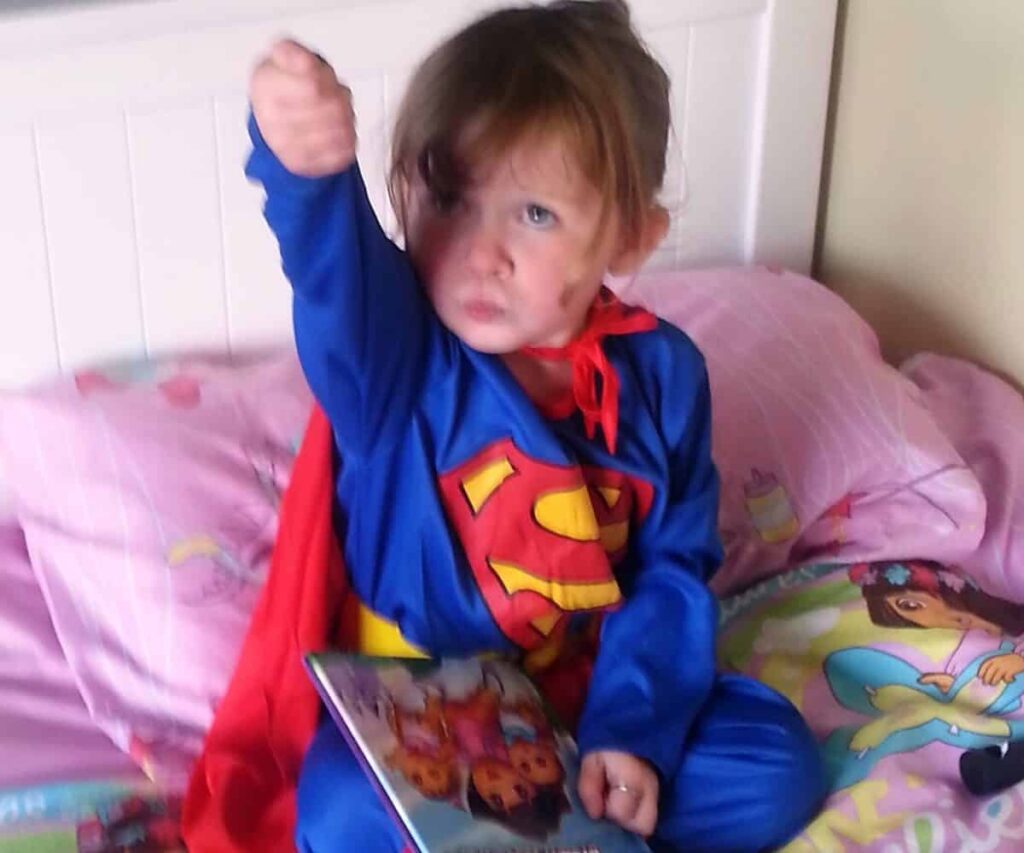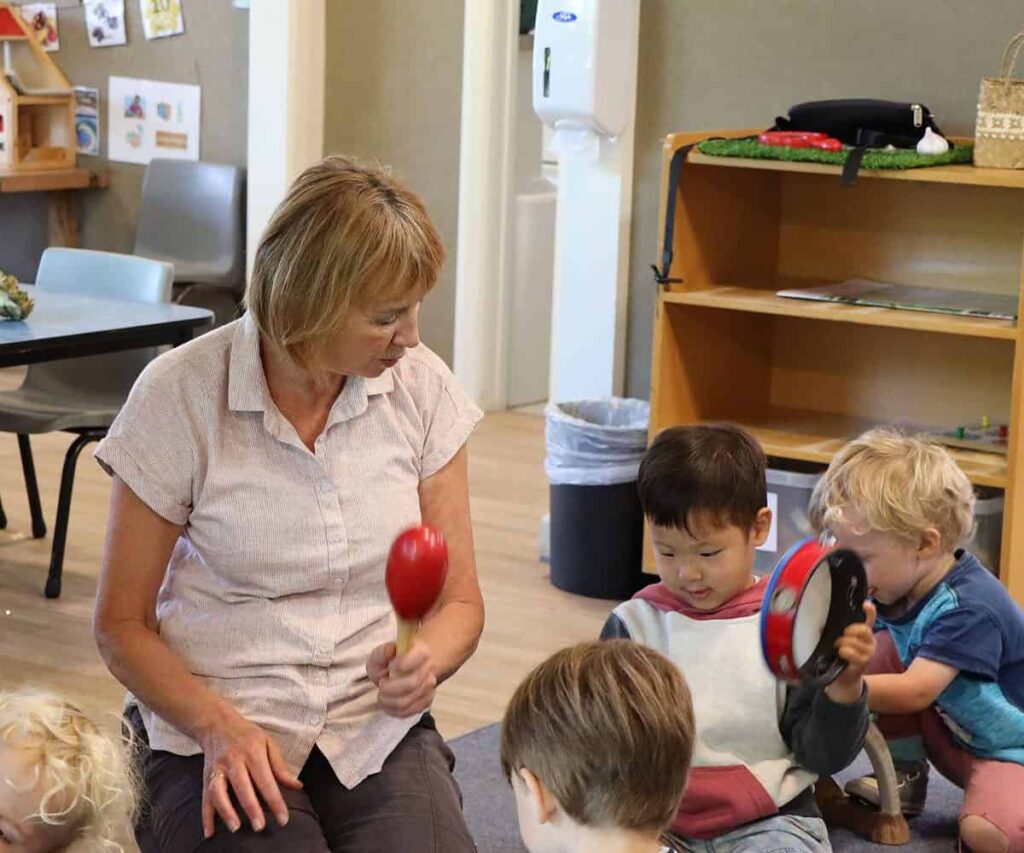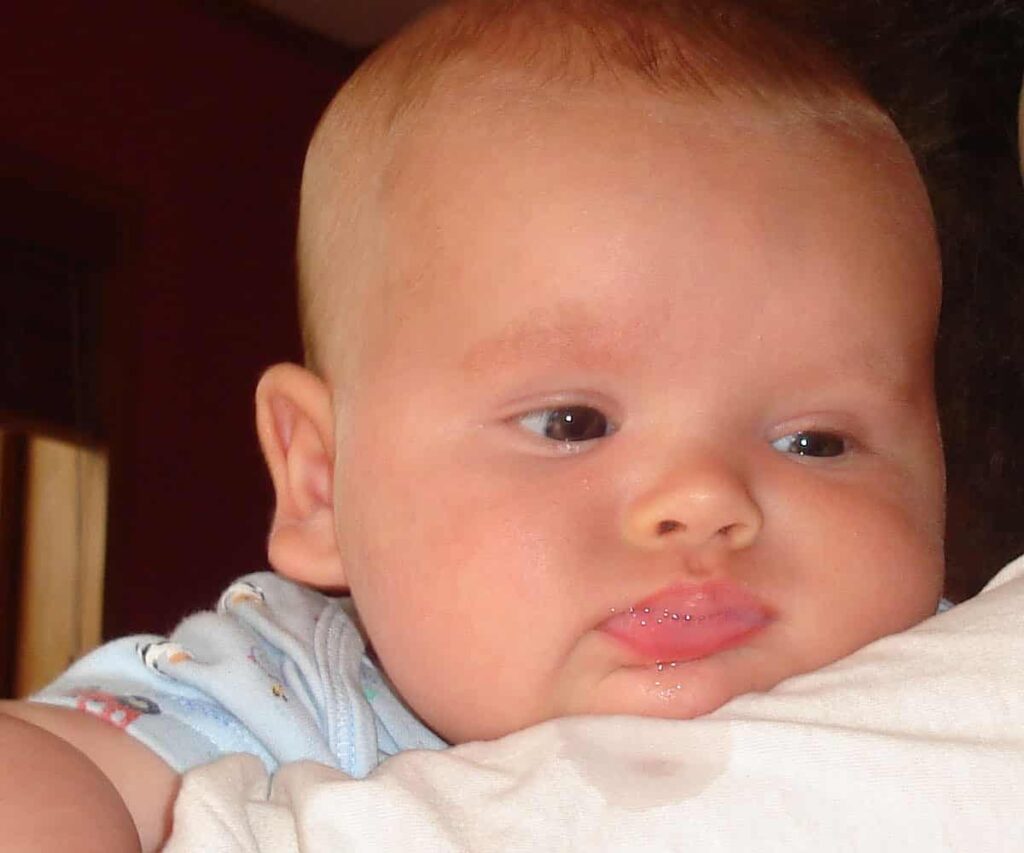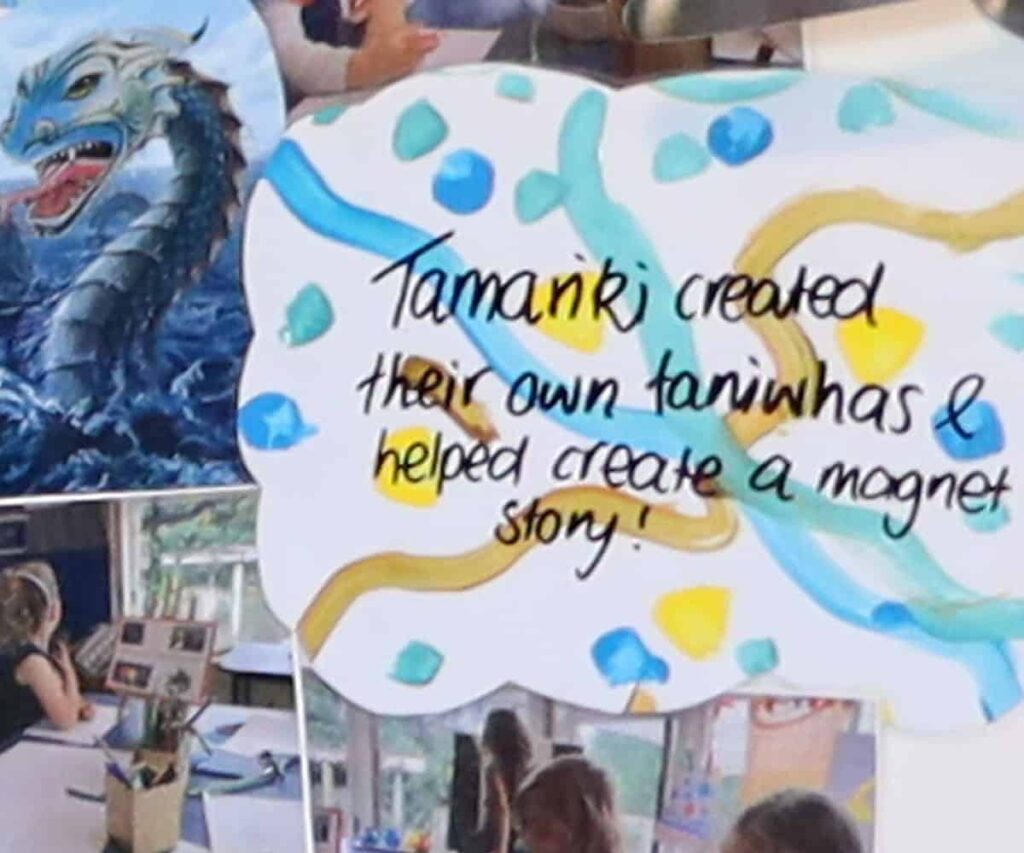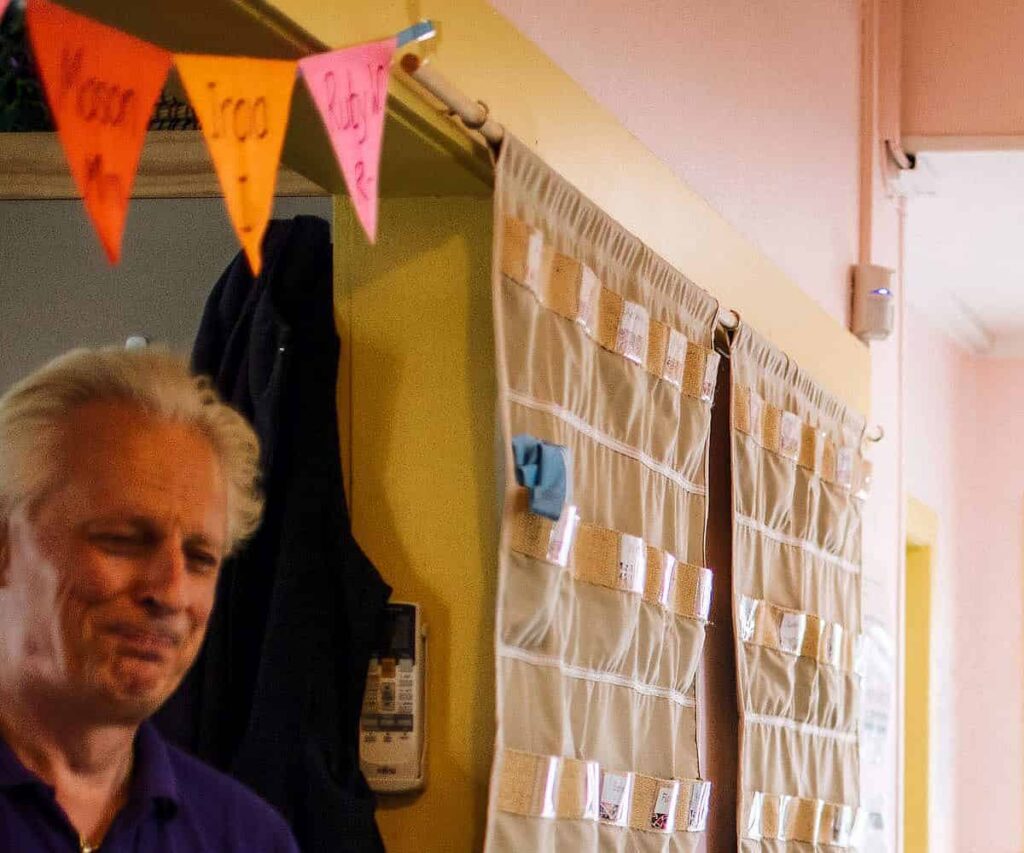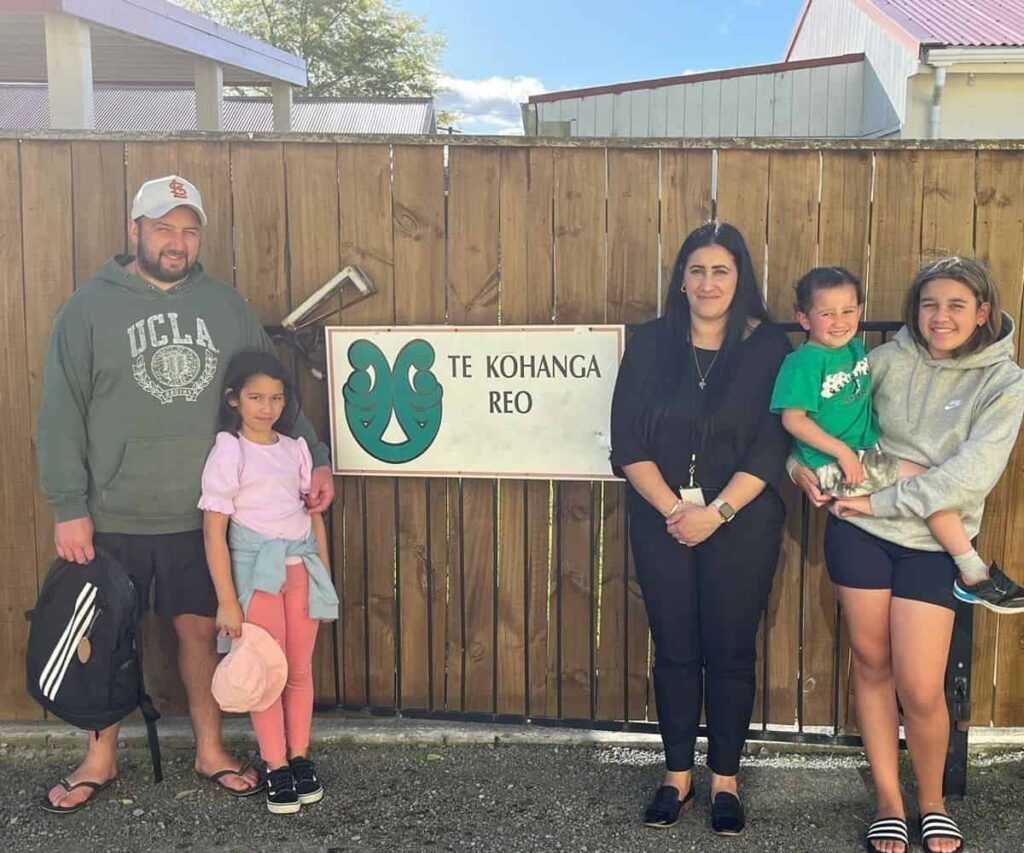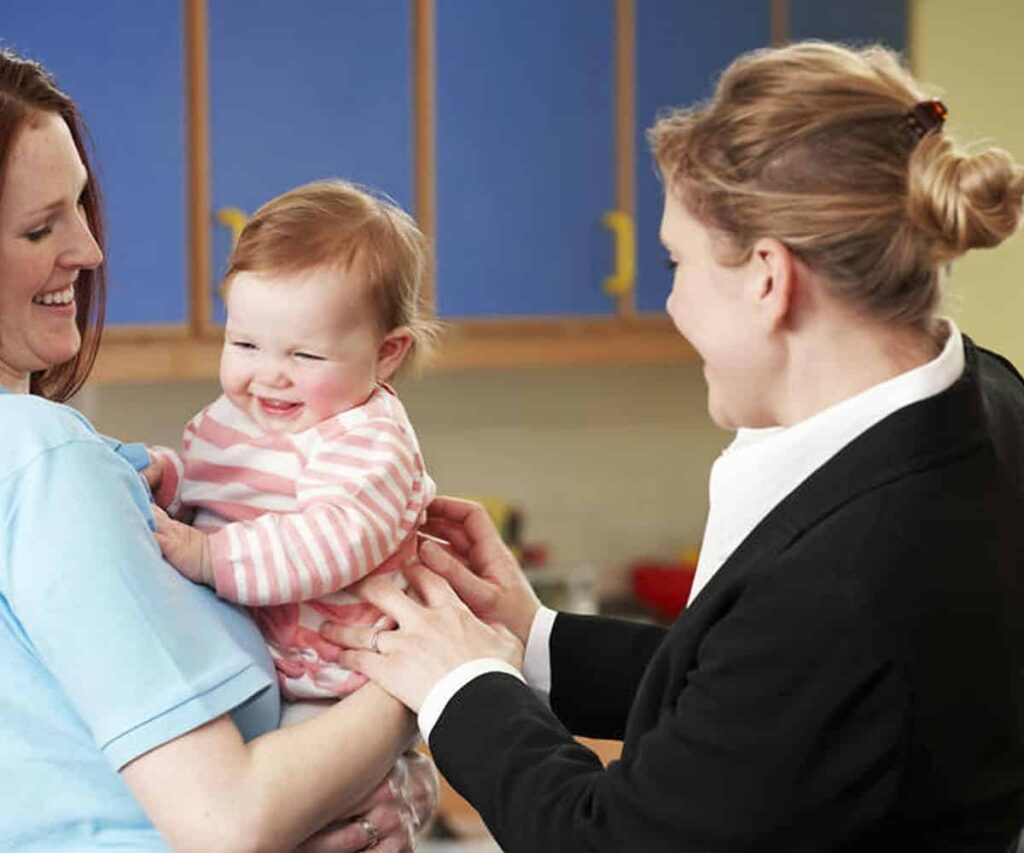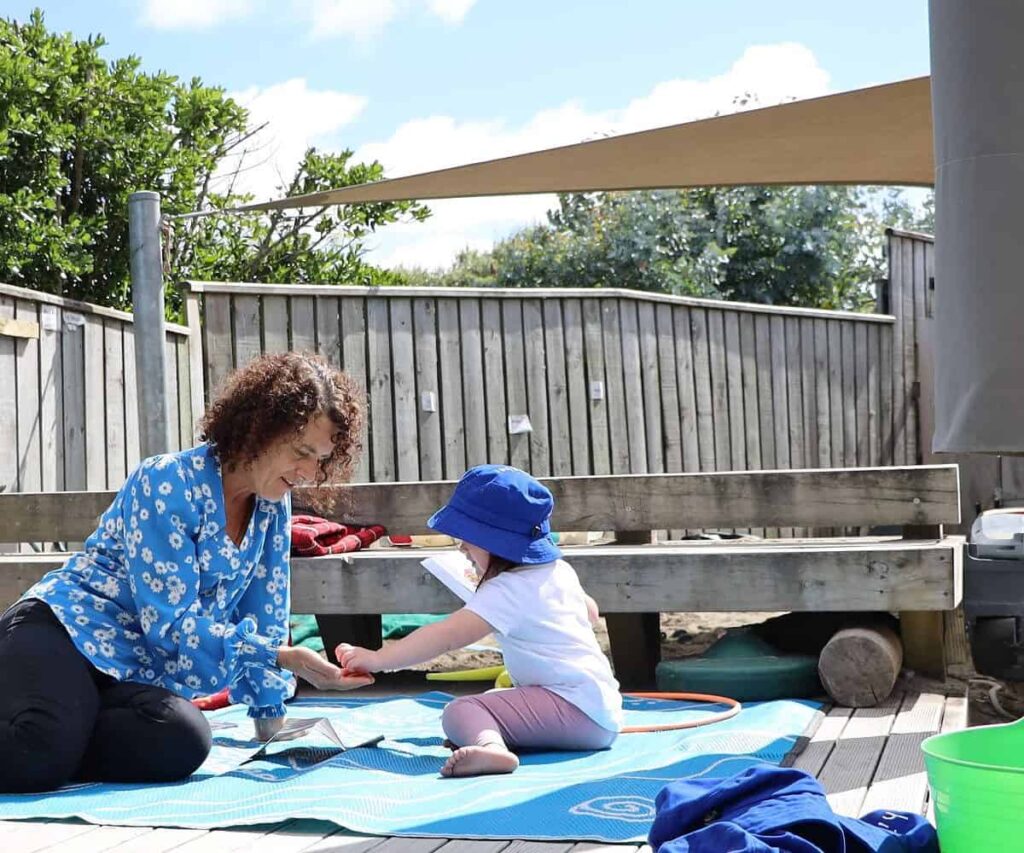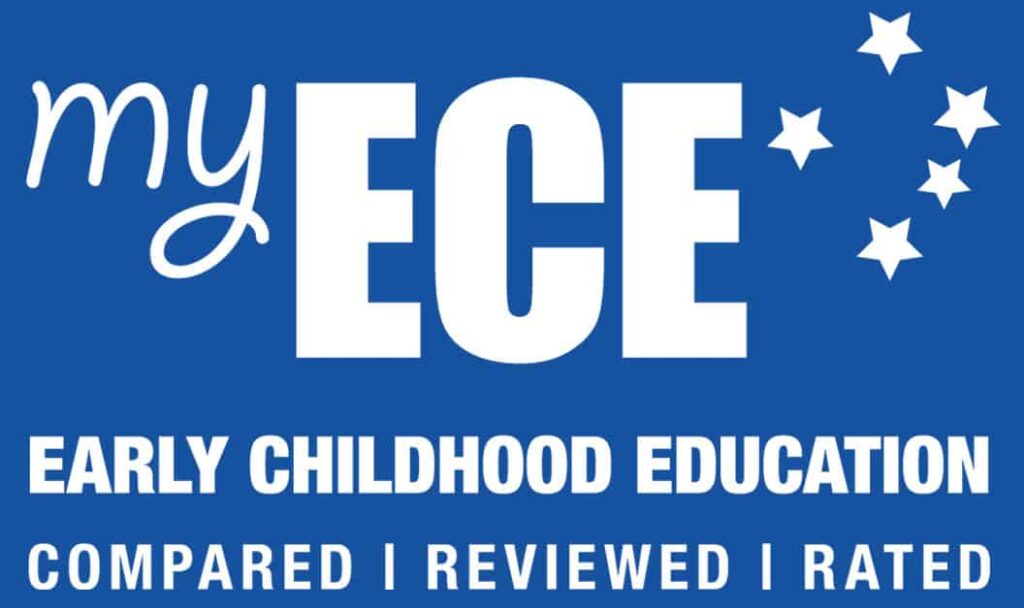It is a good sign if an ECE service is practising a primary caregiving system as it shows concern for the emotional well-being and learning of your child.
To get quality care your child needs to form a secure attachment with a primary caregiver. In an ECE centre, primary caregiving reduces stress for both a child and their parents right from the start and supports a child to get through the day away when their parent is not there for them.
When an ECE service says it has a ‘Primary Caregiving System’ or a ‘Key Educator System’, this means that it allocates one (or two) teachers to each child and these teachers take personal responsibility for the child’s overall well-being within the group.
Dependable adults build independent children
Research has found that for children to become resilient, persistent and independent they first must be able to depend on the main adults in their life. Children need at least one adult to adore them and meet their needs and, ideally, this adult will always be nearby throughout their childhood. Usually this would be a family member; however, in an ECE service when parents are not present then the adults (teachers) should be taking on the responsibility to support a child’s emotional wellbeing.
Your child has a best friend from day one
When you drop off and leave your child for the first time, he/she should already have been allocated a primary caregiver who will be a dependable best friend from the very beginning.
Watch your child’s secure attachment grow
When starting at a centre parents are introduced to their child’s primary caregiver and the initial visits involve the child and primary caregiver developing a secure attachment. A secure attachment is achieved by sharing loving and respectful care routines or ‘moments’.
Care moments:
- For infants and toddlers care moments are gentle, intimate, and playful interactions between the primary caregiver and child during feeds, sleeps, and nappy changes.
- For older children (3-5yrs) care moments take place more when the children feel they need it such as after hurting themselves and through sharing spontaneous intimate and playful moments, e.g. sharing with their primary caregiver an activity, meal or storybook.
For the first few weeks (depending on age and the child) you should expect to see other teachers supporting the primary caregiver with their other primary children giving them extra time to spend nurturing a relationship with your child in the early stages.
Primary caregiving needs commitment and knowledge
It is not enough to simply allocate adults/teachers as primary caregivers. Primary caregiving that nurtures a child’s wellbeing requires the full commitment of the early childhood service, for example:
- Ratios – infants and toddlers need lots of attention from their primary caregiver so teacher to child ratios of 1:3 are preferred but 1:4 are passable.
- Staff continuity – a high turnover of staff doesn’t fit with primary caregiving and it likely indicates underlying issues at the centre. Long serving and dedicated staff are very good signs.
- No job roster/ rotation – centres structuring staff duties on a roster type system won’t fit primary caregiving, e.g. this week Tracey is on nappy changes, next week meal tidy up, etc. Centres operating such systems are focused on work efficiency and not on putting the individual needs of each child first.
- Early childhood trained and knowledgeable – the art of primary caregiving requires knowledge, training, and experience and should be reflected in the centres philosophy.
A main point of contact
Primary caregiving allows for quicker, smoother, and more efficient communication between an ECE service and parents. This enables prompt and appropriate responses to a child’s needs resulting in better experiences and developmental outcomes for the child.
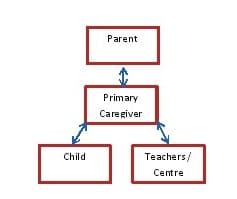
A primary caregiver becomes the main contact for:
- The child who will instinctively go to the primary caregiver in times of distress or simply to be ‘filled up’ with cuddles and love.
- Parents who can inform the primary caregiver of any issues (e.g. a poor sleep last night) or convey concerns as well as hear from the primary caregiver about planned events and information on their child’s development.
- Other teachers who can consult the primary caregiver as they plan activities and for teachers to give information to the primary caregiver to pass on to parents such as observations, planned events or concerns.
Primary caregiving for children 3 – 5 years
The benefits of primary caregiving are usually associated with infants and toddlers where the neuroscience says the need is greater. However, there are also benefits for older pre-school children (3-5yrs) though perhaps more in terms of effective lines of communication. As one centre manager said, “it prevents parents having to hear the same thing from all the teachers” or not hearing at all what they need to know.
The previously mentioned benefits of primary caregiving still apply to 3-5 year olds such as having a dependable best friend from day one. However, in time the preschool aged child might get along well with another adult/ teacher who will become their ‘special teacher’.
Primary caregiving approaches for older children can go by other names such as whanau group. Such approaches align with the purpose of primary caregiving thus giving the 3-5 year old children a sense of belonging and a clear ‘go to’ person if needed.
When their special teacher resigns from the centre a child may tend to be more involved in their farewell ritual though also talk excitedly in anticipation of their new ‘special teacher’.
Observe the benefits for children
You might be surprised when your upset child heads to his/her primary caregiver even while you’re right there in plain sight! You might be in disbelief but it is heart-warming and reassuring to know they have achieved a special bond that will see your child through each day.
Reassuring too is when the child’s primary caregiver walks into the room and you hear your child excitedly call out or smile.
Frequently asked questions about primary caregiving
Question: Is the child also cared for by the other adults/ teachers at the centre?
Answer: Yes. All staff are responsible for overseeing all the children’s needs and well-being. On some days the child’s preference for who they go to for care moments may change. The primary caregiver has that extra special relationship and is the in-centre expert on the child within the staffing team.
Question: Shouldn’t teachers give care and attention equally to all the children?
Answer: No. This approach demonstrates a lack of quality. Children are unique individuals with varying needs. Primary caregiving ensures individual needs (including cultural and disability needs) are identified, understood, and met. If considering a centre with such a broad brush approach watch for any overlooked, sad and lonely children who are simply wandering around or just trying hard to get through the day until they are collected and think about whether this is really what you want for your child.
Question: What if a child shows preference towards another teacher/ adult?
Answer: If a child shows or expresses a preference for another teacher the centre should respect the child’s feelings and allow this.
Question: When the primary caregiver is sick, on a training course, or otherwise unavailable won’t this mean that the child will emotionally suffer – therefore isn’t it better not to have a primary caregiving system?
Answer: Mostly the child will continue as usual and look forward to and become excited when seeing his/her primary caregiver again. Focus on the benefits for the child of having a primary caregiver most of the time rather than worrying about infrequent absences. In any case, the child can rely on the strong relationships developed with the other teachers/ adults. Additionally, it is common practice in centres for the child to have a buddy caregiver who takes responsibility for the child when the primary caregiver is unavailable, though sometimes the ‘buddy’ might change to be the child’s preferred adult on a given day. During the initial drop offs and settling in phase the centre and primary caregiver should ensure their planning avoids absences. However, sometimes illness and such cannot be avoided. The centre should work with parents to achieve the best possible outcome for the child, e.g. delay start of drop offs, a shorter day, child stays home, teachers keep parent briefed on child’s condition.
Question: Can a child end up with a relieving teacher when his/her primary caregiver is away?
Answer: Relief teachers are not usually asked to participate in care moments if the centre implements a primary caregiving system. However, relief teachers do interact with all the children and help with general supervision as part of the teaching team and adult-child ratio legal requirements for the centre.
